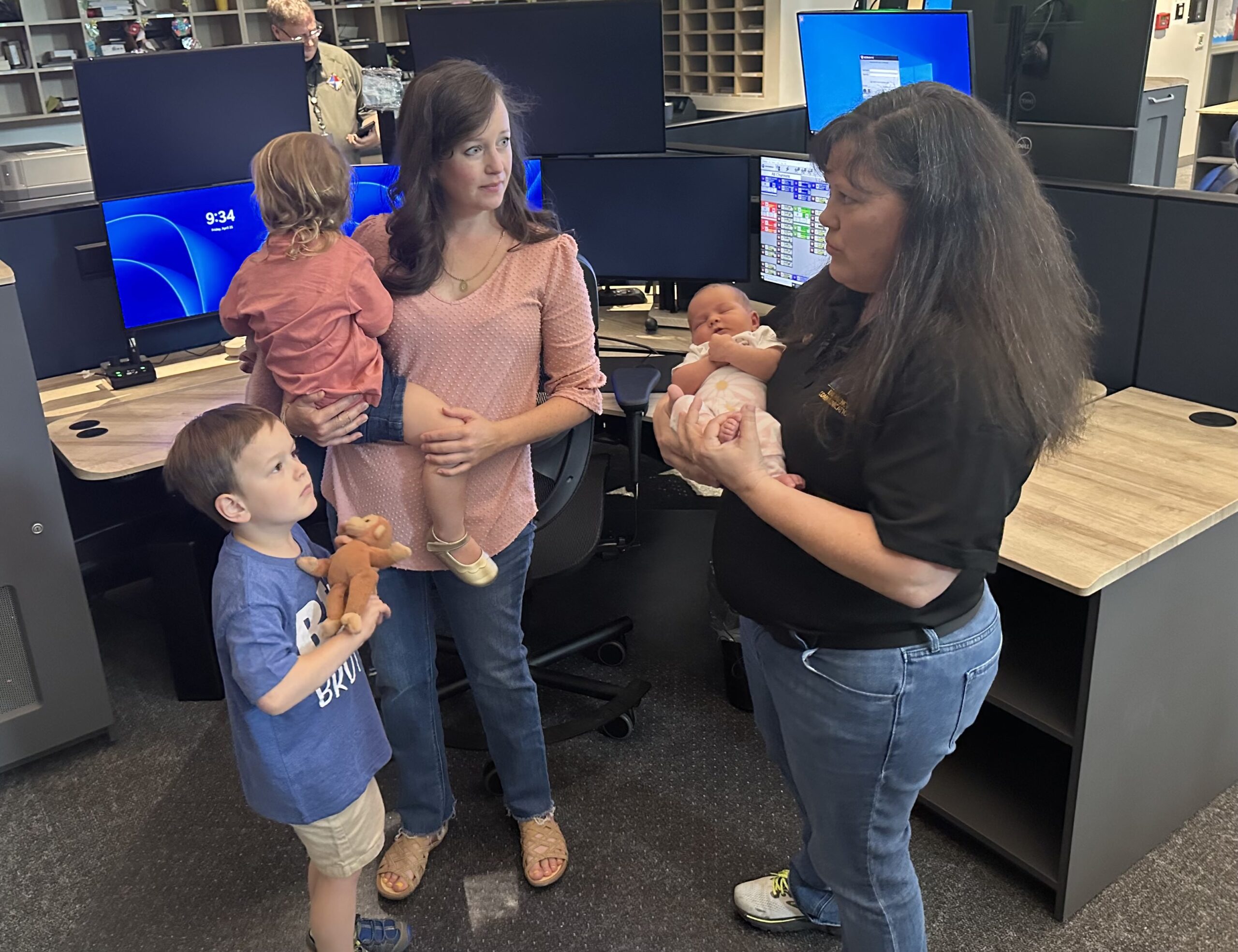Generally speaking, I stick to one topic per week, but at the moment there are a number of items which are laying claim to my attention, none of which seem to call for stand alone treatment. So please enjoy my first-ever Common Science grab bag column:
Ebola
I have been intentionally and steadfastly avoiding writing about ebola. The outbreak in West Africa, the first-ever case in the United States, and the safety protocols for health care workers are all important and newsworthy. Nevertheless, I did not feel that I had anything to add to the conversation. Furthermore, despite the hype, ebola is not a particularly worrisome threat to the U.S. The health systems of Senegal and Nigeria have contained and eliminated ebola, and ours will as well.
What has worn me down and inspired me forgo my boycott has been the disappointing public and political response to the arrival of the disease in the United States. I understand that ebola is scary, but we seem to have lost our minds. Consider that every year in the U.S. 30-40 people die from tipping furniture, yet three cases of a scary-sounding disease now warrant the naming of an Ebola Czar and inspire Republican congressmen to call for bans on flights that don’t even exist. The hyperbolic media coverage of ebola reaching the U.S. is another reminder that our news outlets are more interested in boosting ratings and spreading fear than providing useful information.
Adding to the sad irony of the situation is the fact that responding to threats from emerging diseases is the job of the Surgeon General, a post that remains steadfastly vacant because Republicans in congress will not confirm President Obama’s nominee because he has stated that guns are a public health threat (which, in fact, they are).
A primary motivation for me to write Common Science every week is the optimistic view that laying out the scientific foundation of the issues of the day will (at least in some small way) contribute to a rational and data-based approach to dealing with them. Watching the hysteria of our collective response to ebola shakes my already fragile faith in our ability as a society to work together to face actual crises in a rational way, a skill which we are going to need.
Pollinator Update
Last spring, I wrote a three–part series on the plight of pollinators, bees, wasps, and butterflies, in the United States and across the globe. In the series, I noted that I had planted significant new areas of meadow at my farm west of Carrboro and I promised you an update later in the year, including photos and video.
I have not published that update because 2014 has been a terrible year for butterflies in the Southeast. Most likely because of the unusually cold spring we had due to the atypical behavior of the polar vortex, butterfly populations are way, way down. I estimate that the population of butterflies at my farm is down by 90% compared to 2013. So unfortunately, I don’t have a good video to share with you. I am hopeful that next year will be better and I have added more meadow. (Meadows are my new gardening obsession.)
I do have one promising observation from the farm to share. I have seven chickens which have a 2,500 square foot run for them to forage for food. After three years of scratching about, the chickens have converted the soil in the run to a fertile loam. Consequently, a lush and dense collection of volunteer, native flowering plants have taken up residence there. It’s quite beautiful.
One of my two bee hives is about 50 yards from the chicken run. Lately when I walk into the chicken run on a sunny afternoon, I am serenaded with the loud and pleasing hum of a multitude of honey bees collecting nectar and spreading pollen. This is just the sort of result that one hopes for when designing a sustainable farm to support symbiosis between plants, pollinators, and poultry.
Flu Vaccine
Most years, I publish a column encouraging everyone to get their flu shot and reminding people that vaccines are probably the greatest public health invention of all time. I don’t have material for a full column this year, but there is one item that I would like to bring to your attention.
For the past couple of decades, most of the flu vaccine has been trivalent, meaning that it will protect you from the three strains that health authorities think will be the most prevalent in the upcoming flu season. Of late, more manufacturers have been making a quadrivalent version which contains protection against the three in the trivalent plus one more. In 2014, about half of the available vaccine is quadrivalent. So if you have not received your shot this year, try to get the quadrivalent if possible. I would anticipate that in the near future all flu vaccines will be quadrivalent.
Sometime in the not too distant future, we will have a universal flu vaccine. But that topic, as it is more than worthy of its own column, will need to wait.
Garage Doors and the Collapse of Civilization
I know that it is probably further evidence that I am on my way to becoming a crotchety old man, but lately society’s intertwined obsessions with convenience and the avoidance of physical effort have become so absurd that I can hardly stand it. For example, consider our slow but steady slouch towards Gomorrah as evidenced by the evolution (devolution?) of car storage.
When I was growing up, most people I knew had car ports. For the younger crowd, a carport has a roof and two or three walls but does not have a door. A car port protects your vehicle from rain, hail, and falling branches but does not provide security from thieves. The carports of my youth were generally not connected to the house. Therefore, you had to walk outside to get from the car to the house.
The next step in the evolution of car storage was garage with a door, usually connected to the house. While this provided the security that carports lacked, it also resulted in our houses becoming larger, more resource intensive, and more expensive. Early garage doors had to be opened by hand, so you had to stop the car, step out, open the door manually, and drive in.
As we continued to devolve as a society, we decided that we no longer wanted to get out of the car to open the door by hand and, therefore, invented the automatic garage door opener. Here again, we added to the cost and energy consumption of the home to avoid the relatively simple task of getting out of the car to open the garage door. I should note that even I, your sometimes Luddite author, has given in to the siren call of the automatic garage door opener.
Last night on TV, I saw a commercial for a device which I believe heralds the onset of the apocalypse: the garage door opener with battery back-up. Really? I have had an automatic garage door opener for the past 14 years and I can only recall two or three occasions when I had to open the door manually due to a power outage.
Do we really need to add expensive batteries which are unlikely to even be used during their service life just to avoid opening the garage door by hand once or twice? Is this how we want to utilize the knowledge we have gained over the last half a billion years of evolution? Come on, people! This is getting silly. If you can think of a device even more ridiculous than this, shoot me an email at commonscience@chapelboro.com.
Have a comment or question? Use the interface below or send me an email to commonscience@chapelboro.com. Think that this column includes important points that others should consider? Send out a link on Facebook or Twitter. Want more Common Science? Follow me on Twitter at @Commonscience.





